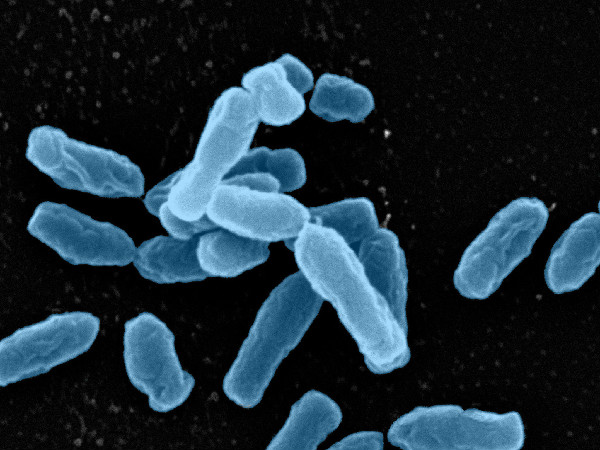Soil Microbes Harbor Nasty Antibiotic Resistance Genes

Bacteria that live in the soil seem to be swapping antibiotic-resistance genes with other, more dangerous bacteria ? the ones that cause devastating infections in humans, a new study indicates.
When a team of researchers analyzed bacteria they had grown from soil samples, they found the microbes were harboring seven genes identical to those that enabled harmful bacteria to resist antibiotics. These genes are active against antibiotics within five major drug classes, they write.
It is highly unlikely these genes evolved independently in the soil microbes and the disease-causing ones, they concluded.
"The sequences of the resistance genes are identical, but they are in organisms that are very, very different, so we know they have been shared between these organisms," said study researcher Kevin Forsberg, of Washington University School of Medicine, in an audio interview released by the journal Science, where the research appears this week.
Bacteria, even members of different species, can swap genes. This ability gives the microbes incredible flexibility, Forsberg said. [Tiny & Nasty: Images of Things That Make Us Sick]
"If they don't have a gene or function necessary for survival in a given environment, they might survive and thrive nonetheless by borrowing a gene or genes from their neighbor," he said.
So far, it's not clear whether the genes are moving from the clinic to the soil or from the soil to the clinic, but Forsberg said he suspects both.
Get the world’s most fascinating discoveries delivered straight to your inbox.
The team looked at soil form 11 samples from a variety of ecosystems in the United States, such as forest, urban and farmland.
They focused on soil because it contains a great diversity of microbial inhabitants, including Streptomyces bacteria. The compounds these bacteria produce to fight off other bacteria have provided the majority of naturally produced antibiotics. Antibiotic resistance, the ability of other bugs to fight of these attacks, is also believed to have evolved in the soil.
And finally, soil is receiving increasing amounts of antibiotics as a result of agriculture.
"Upwards of 80 percent of the antibiotics by weight are used in animal feed to promote growth, and these antibiotics end up in the surrounding environment, including soil," Forsberg said.
The overuse of antibiotics as medication can give rise to resistance among disease-causing bacteria, and so can the flood of antibiotics into the environment.
Bacteria in both settings are acquiring more resistance genes and swapping them because they have a reason — the pressure from more, and new, antibiotics. The gene sharing means humans’ treatment of one group is likely to affect the other, he said.
Forsberg and his colleagues grew the soil bacteria in media containing antibiotics to select for those with antibiotic-resistance genes. They found not only exact replicas of known resistance genes but also new ones.
When fed to a laboratory strain of the bacterium Escherichia coli,one unrecognized gene helped the E. coli fight off large doses of an antibiotic used to treat tuberculosis, they found. The antibiotic was cycloserine.
"The fact we are finding resistance genes that we haven't seen before means there is more resistance out there," Forsberg said.
While the swapping of resistance genes between soil bacteria and those that cause disease has serious implications for health, there's no way to prevent it.
"Bacteria developed resistance well before humans existed, and they have been trading genes for even longer," Forsberg said. "What we can do is diminish the problem by giving bacteria less reason to have these antibiotic-resistance genes."
This means more prudent use of antibiotics, he said.
The research appears in tomorrow’s (Aug. 31) issue of the journal Science.
Follow LiveScience writer Wynne Parry on Twitter @Wynne_Parry or LiveScience @livescience. We're also on Facebook & Google+.



